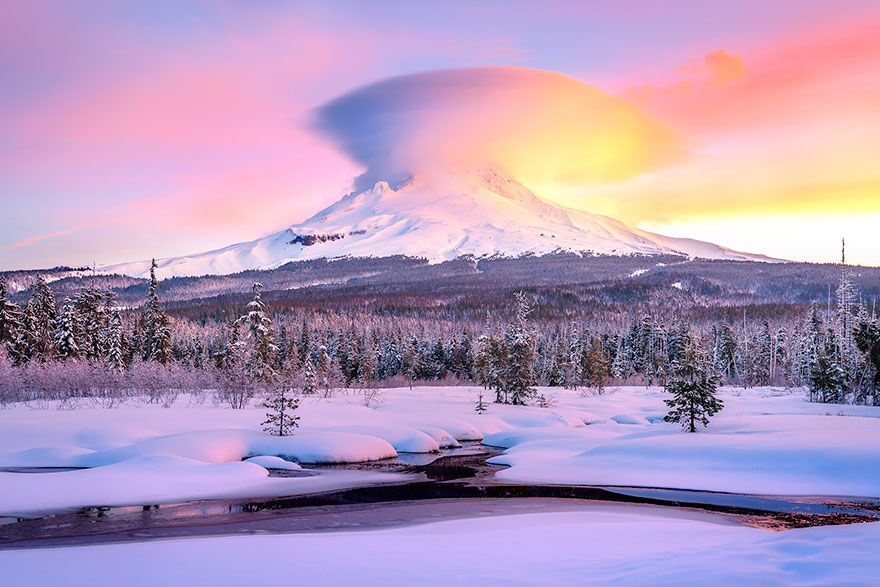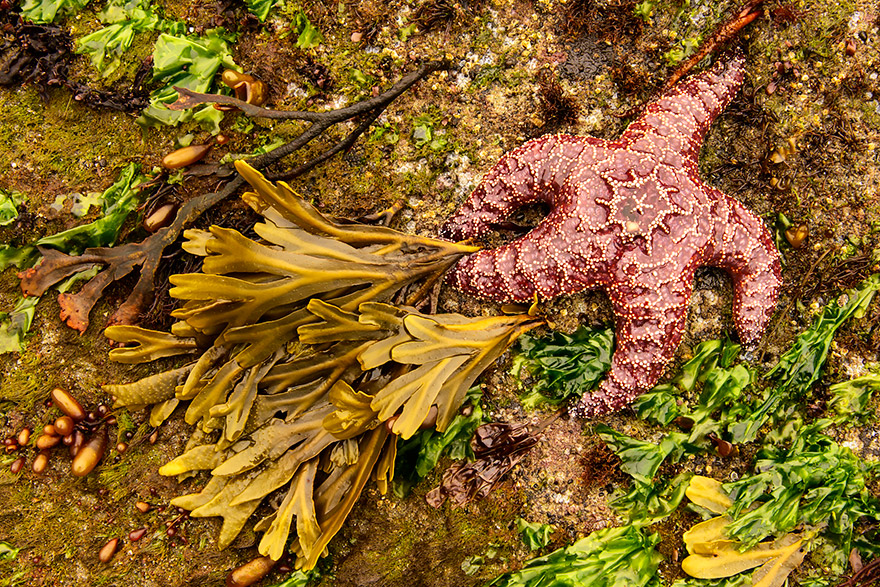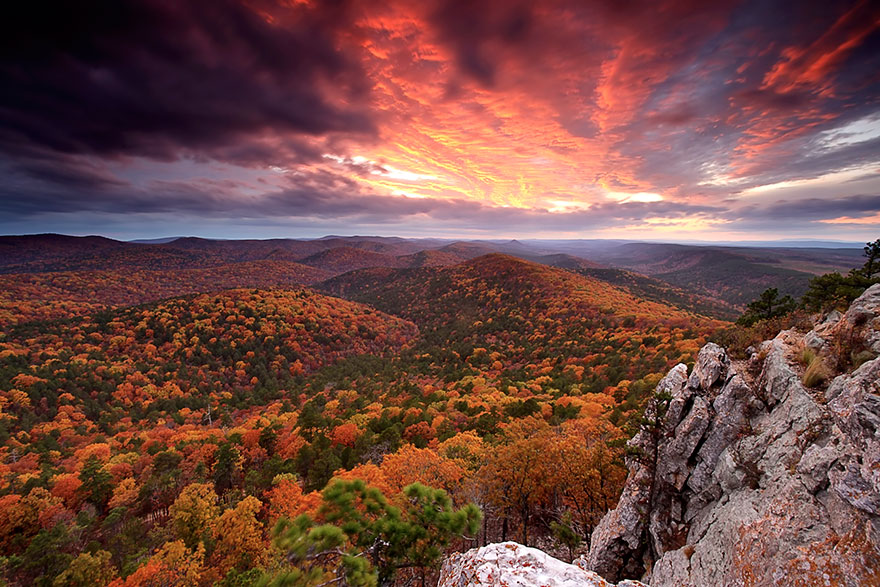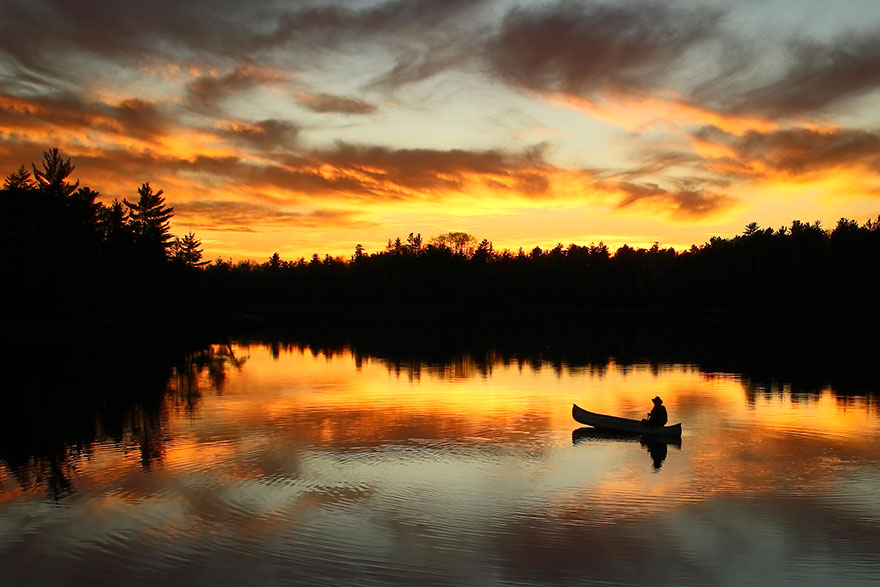The Steamboat Arabia, What They Found Inside The Sunken Remains Of A 150-Year-Old Steamboat Is Still Edible
In 1856, the
Steamboat Arabia left the banks of Kansas City on a routine supply trip up the
Missouri River. Onboard were two hundred tons of precious cargo en route to 16
different towns along the frontier.

Steamboats were
common in those days, as they were the best method of traveling up and down
America's river systems. These boats were a big business at the time and were
absolutely essential for trade and commerce.

Unfortunately for the Steamboat Arabia, a fallen walnut tree was waiting just below the surface of the water, hidden from sight thanks to the glare on the water from the setting sun. The impact instantly tore the hull and the boat sank in minutes. Thankfully, everyone on board was able to swim to safety, except for one poor mule who was tied to the deck and forgotten in the chaos.

The soft river
bottom quickly engulfed the boat in mud and silt and in just a few days, it
was swept away entirely due to the force of the river. Over time, the river
shifted course and for the next 132 years, the Arabia was lost to the world
until it was discovered in the 1980s, 45 feet deep underneath a Kansas farm.

Legend of the
sunken ship had been passed on through the generations in the area and
inspired local Bob Hawley to find it in 1987. He and his sons used old maps
and sophisticated equipment to eventually find the boat half a mile away from
the present-day river. The farmers who owned the land agreed to let them dig
it up - as long as they were done in time for the spring planting season.

All manner of
heavy equipment was brought in, including a 100-ton crane. 20,000 gallons of
water had to be removed into 65-foot-deep wells.

After two weeks
of excavation, the first parts of the boat appeared - the remains of the left
paddlewheel and this small black rubber shoe that was lying on the deck.

They also
recovered fine China, fully preserved along with its yellow packing straw. It
had all been preserved perfectly thanks to the airtight mud.

On November 26,
1988, the full boat was uncovered along with its 200 tons of buried treasure.

With no air to
cause spoilage, thousands of items were recovered completely intact. Jars of
preserved foods were still totally edible. One brave excavator even tested it
out by eating a pickle from one of the jars and found it to still be fresh.

Today, the
artifacts are all housed in a museum in Kansas City called the Steamboat
Arabia Museum. One of their displays is the fully preserved skeleton of that
poor mule.

These jars of
preserved fruits are just some of the relics recovered from the Arabia.

Thinking of all
those unmade pies kinda makes me sad ...

Though most of
the hats recovered from the Steamboat Arabia were wool felt, this hat is one
of a rare few that were made of beaver fur, which is naturally water
resistant.

All manner of
clothing was found. Much of it could still be worn today.

The ship also had
over 4,000 shoes, all packed up and ready for delivery. Some shoes were even
lined with buffalo hair for extra warmth.


A keg of ale from
1856.

These bottles of
French perfume were still fragrant when they were recovered. Ever wondered
what the 1800s smelled like?

Just a few of the
29 different patterns of calico buttons found on the Arabia.

Calico fabric was
a type of cotton printed with small, repeating patterns named after its point
of origin, Calcutta (now Kolkata), India. The fabric was quite popular in
England and the Western world and the Steamboat Arabia had several calico
dresses that sadly did not survive that much time underwater. The dresses did
have porcelain buttons printed in the same patterns as the dresses, however,
which shows us what kinds of designs people were wearing back in those times.
A variety of
(mostly unidentified) vintage medicines.

A sampling of
some of the other relics recovered from the steamboat.



Would you try
this 150-year-old pickle?

Gravitational Waves Detected, Confirming Einstein’s Theory
Scientists have found evidence for one of Einstein’s famed prophecies. They captured the sound of black holes colliding.
That faint rising tone, physicists say, is the first direct evidence of gravitational waves, the ripples in the fabric of space-time that Einstein predicted a century ago. And it is a ringing (pun intended) confirmation of the nature of black holes, the bottomless gravitational pits from which not even light can escape, which were the most foreboding (and unwelcome) part of his theory.
That faint rising tone, physicists say, is the first direct evidence of gravitational waves, the ripples in the fabric of space-time that Einstein predicted a century ago. And it is a ringing (pun intended) confirmation of the nature of black holes, the bottomless gravitational pits from which not even light can escape, which were the most foreboding (and unwelcome) part of his theory.
Historical Pictures [via David Adashek]
 |
| Tony Kiritsis holding Richard O Hall hostage with a shotgun during a live television broadcast, 1977 |
 |
| A possible photo of Confederate cadets during the civil war |
 |
Santa with a helmet delivering presents during the London Blitz, 1940 |
 |
| A child's gas mask during WW2 |
 |
| The oldest known documented wheelie, 1936 |
Smithsonian Photo Contest Winners [via Alex Cord]
Sandhill Cranes
Bosque Del Apache, New Mexico

Image credits: Diane McAllister
Snowy Meadow
Mount Hood Wilderness, Oregon

Image credits: Jarrod Castaign
Purple Sea Star
Olympic Wilderness, Washington

Image credits: Thomas Bancroft
Peak Fall Colors
Ouachita National Forest, Arkansas

Image credits: Laura Vu
American Alligator
Marjory Stoneman Douglas, Florida

Image credits: Jenna Van Kley
Sunset Paddle
Boundary Waters Canoe Area Wilderness, Minnesota

Bosque Del Apache, New Mexico

Image credits: Diane McAllister
Snowy Meadow
Mount Hood Wilderness, Oregon

Image credits: Jarrod Castaign
Purple Sea Star
Olympic Wilderness, Washington

Image credits: Thomas Bancroft
Peak Fall Colors
Ouachita National Forest, Arkansas

Image credits: Laura Vu
American Alligator
Marjory Stoneman Douglas, Florida

Image credits: Jenna Van Kley
Sunset Paddle
Boundary Waters Canoe Area Wilderness, Minnesota

Subscribe to:
Posts (Atom)



